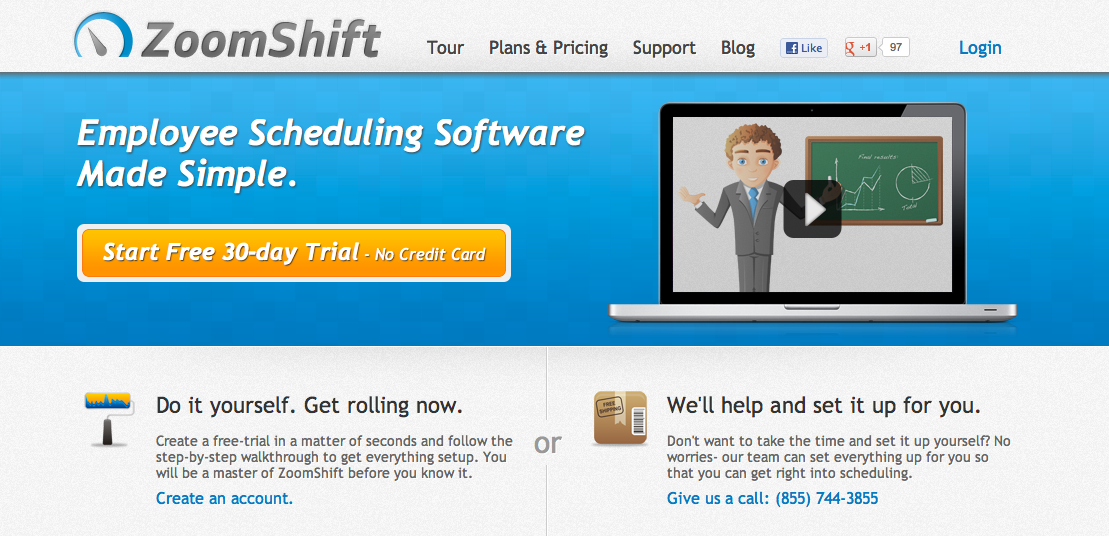 What is it that makes a charismatic leader? Is it his or her message, or its delivery? Or is it something else, perhaps the inclination of the audience to believe it? In 1978, 918 people died at the Peoples Temple Agricultural Project at the command of cult leader Jim Jones to commit “revolutionary suicide”. It was this incident that gave rise to the expression, “to drink the Kool Aid”.
What is it that makes a charismatic leader? Is it his or her message, or its delivery? Or is it something else, perhaps the inclination of the audience to believe it? In 1978, 918 people died at the Peoples Temple Agricultural Project at the command of cult leader Jim Jones to commit “revolutionary suicide”. It was this incident that gave rise to the expression, “to drink the Kool Aid”.
What makes cult leaders so compelling is not their message per se, but the vulnerability of their audiences. Indeed, Jones’s message was not particularly, how to say it, rational. Right? Far stranger cults, like the Heaven’s Gate cult, which believed that a UFO trailed Comet Hale-Bopp and could be contacted if its members committed suicide. (Strangely, the 39 devotees were found wearing identical shirts, blue and white Nike shoes, and carried a five dollar bill and three quarters.) What’s up with that?
Might the charisma of the cult leader lend credence to his message? Sure. Could a particularly emotionally resonant if fanciful tale compel otherwise normal, if somewhat gullible people to do irrational or even monstrous things? Again yes, especially if their leader is charismatic and all the rest. But if you really want to know what makes the cult leader so convincing, what makes his/her message so wholly true in the eyes of her/his flock, it’s not the message. It’s not the leader, or charisma, or whatever.
Albert Einstein once said that “in order to form an immaculate member of a flock of sheep one must, above all, be a sheep.” And it is the ovine nature of cult members that makes them so amenable to counterfactual arguments.
Most cult members, before they joined a cult, claim to have been lost, wayward souls. They claim that the cult leader’s message offered some beacon of hope and light and truth, and promised to save a wretch like them. The prerequisite to joining, a simple demand: ‘leave your doubts at the door; you’re safe; I know secrets you can never access. But I’ll free you, and you can save yourself from yourself by following me.’ And right there they’re handed a figurative Dixie cup of Kool Aid, and they drink it up.
But what differentiates the typical audience of an inspirational speaker orating on the topic of entrepreneurship and the cult leader is twofold. Whereas the cult leader asks his flock to relinquish their selfhood, the entrepreneur-orator basically instructs her audience to dig deep within themselves and find the inner strength to go out there and do something. It’s a matter of extrinsic, fear-based motivation versus intrinsic, self-empowered motivation. But that’s not the disappointing bit.
The thing that makes entrepreneurship workshops and warm-fuzzy motivational powwows so disappointing is the opposite side of the coin that makes the cult leader so powerful. Query: who is the audience?
If the average cult member is a lost and wayward soul before entering the cult, the average attendee of entrepreneurship workshops and inspirational speeches is certainly not. Entrepreneurship, as FG readers know, is not for the faint of heart or those with weak constitutions. Nor is leadership, another common theme amongst inspirational speakers. Chances are, the audience of any such speaker knows exactly what they’re in for. They’ve been drinking the Kool Aid for a long time. But this isn’t to say they’re jaded; it’s just that they’ve heard it all before. Acting jaded or too cool for school is not acceptable behavior at such events.
If you are skeptical, please understand that these sorts of speeches follow an underlying framework. Reading between the lines, it breaks down like this. Let’s pretend the speaker’s name is Paul.
Paul will come up on stage, and say something to pique curiosity. He will display preternatural enthusiasm, and bizarre behavioral tics including but not limited to special high-fives, unnaturally wide and luminous smiles, and/or noises or repeating phrases. Paul will “tune in” his audience by cycling thrice through call-and-response exercises. “What Time is It?” Awesome Time!!! Paul will say something about believing in yourself, your ideas, and your team. He’ll then talk about why he became an entrepreneur, and this story will invariably invoke his father as a role model. And then he’ll cycle back into the old “Look here, if I could make it, with all the things going up against me, you can make it” schtick. He’ll ask the audience questions about why they’re there until he gets the answer that he wants and he’ll repeat that answer four or five times, and then he’ll wind down the event with some sort of “let’s get real” session. Of course there are variations, but this is basically how it goes.
I have a number of friends who do nothing but drink the self-empowering, self-celebratory Kool Aid of Seth Godin, Simon Sinek, Marc and Angel and others. But their message is all the same. It comes back to that tired chorus of believing in your ideas and sharing them with those who will support you. Don’t forget to throw in some hackneyed, pretentious lifehacking protips, grossly sentimental observations, and achingly precious “thought provoking” questions like “If you didn’t know how old you were, how old would you say you are?” And that just about sums it up. I’m sorry I can’t analyze it further, but trying to extract more meaning from this vacuum is kind of like trying to tug wisps of light from a black hole. It can’t be done, unless one gets sucked in.
The thing with motivational speeches about entrepreneurship and leadership is this: they are all style and no substance. All most people want is a no-bullshit explanation of how to get a business started, and how to avoid major potholes on the cliched road to success. Those that show up to conferences, workshops, and speeches don’t need more inspiring. The fact of the matter is, an entrepreneur’s idea is motivation enough. I don’t need to be told how and why to care, and I believe few people do. The last thing aspiring leaders and entrepreneurs need is to hear about the value of ideas. They come asking for a roadmap, and all they get is a backseat driver telling them to drive faster, run leaner, push and want harder. Yet still they drive blind.









